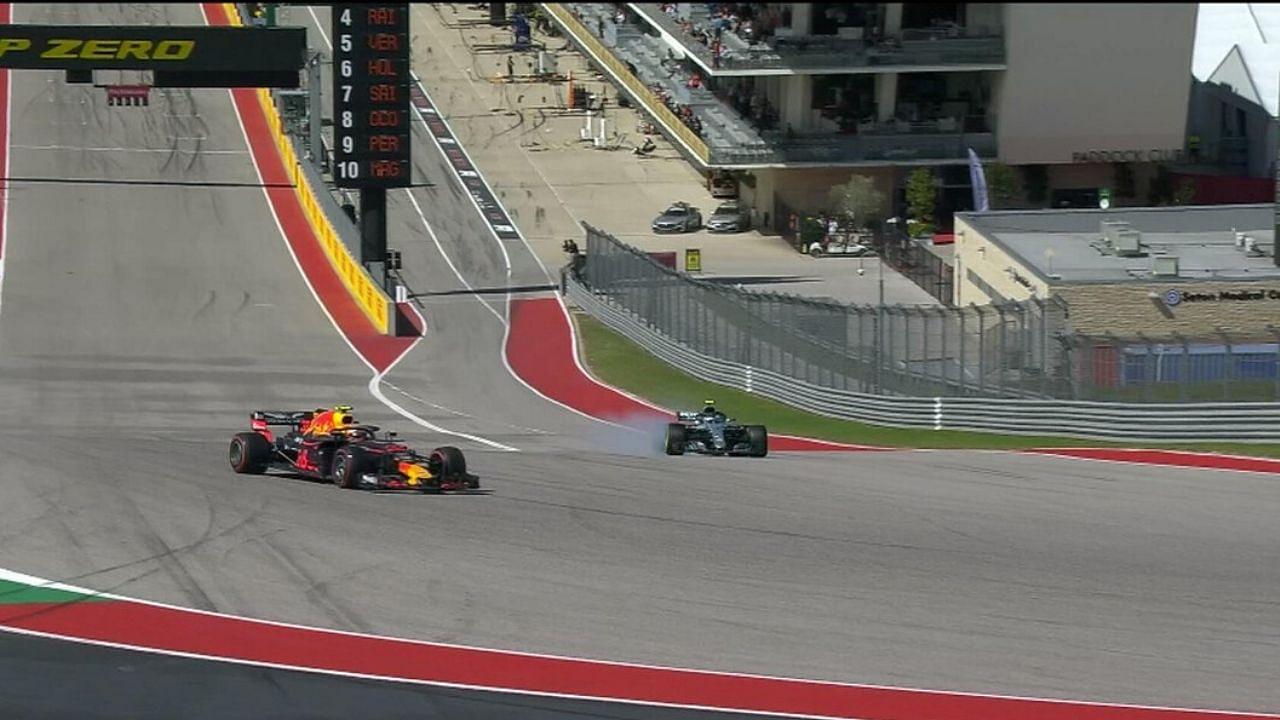Wheel to wheel to racing between 20 of the best drivers in the world is perhaps one of the biggest allures of Formula 1. However, there is more than just one way to get past your opponent than overtaking them on track as strategy also plays quite a big part in achieving success.
One of the most commonly utilized tactics a team/driver could use to ahead of the car in front is called ‘Undercut.’ Undercutting means when a driver makes a pit stop earlier than his opponent had anticipated.
This ensures the driver has a fresher set of tires, which can help him overtake the worn-out tires of his opponent. Fresh tires also improve the lap times and once the gap is reduced to one second with the opponent, the DRS (Drag Reduction System) can help in overtaking.
Once this happens, naturally the opponent opts for a pit stop of his own. The opponent would go for a fresher set of tires too. But if the gap is big enough by then, he could end up behind the undercutting driver. It’s a very tricky maneuver, but if done well, it can yield the driver the crucial track positions.
Also Read: Why do F1 drivers get weighed after a race?
Can Undercutting backfire?
Undercutting can also backfire if the opponent has understood the strategy well. Because the undercutting driver pit stops first, he is naturally racing with more worn tires.
This will eventually lead to a loss of pace and grip vis-a-vis the opponent. This gives the latter an opportunity to regain his lost track position.
Once this happens, it’ll make over-taking a gigantic task as the opponent has fresher tires, with more pace and grip. The entire play is about track position.
Once you get track position over your opponent, you can then try and use your skill and psychological advantage to good effect on the track. However, ‘worn out’ tires towards the end of the race can cause a disadvantage.
Undercutting is prevalent not only when competing against opposition team drivers, but also your own. All of it depends on the team’s strategies and race philosophy.
For instance, Mercedes have the principle of allowing both their drivers Lewis Hamilton and Valtteri Bottas to race against each other. This allows their respective race engineers to implement undercutting whenever they feel the need to do so.
Also Read: What is the difference between F1 and F2?
Overcutting, the opposite of an undercut
An overcut is the opposite strategy of an undercut and it involves staying out on track longer than the car ahead or behind with the goal of gaining time by setting fast laps on older tires while the rival car makes its pit stop. It is relatively a less complex strategy to pull off compared to an undercut because it simply involves keeping the driver on track longer and hoping they can make up time by being fast enough on older tires.
There is also usually less risk involved with an overcut because as the driver stays out while others pit, he gets the benefit of a relatively emptier track to set quicker laps compared to those who go for an undercut. An undercutting driver will often rejoin the track behind other cars (slower cars or lapped cars), which can end up slowing them down.
Another difference between an overcut and an undercut is that pulling off a successful overcut depends more on the driver than the strategy alone. For an overcut to work, the driver must keep their old tires in decent condition as they begin to wear down and that requires good tire management skills.




